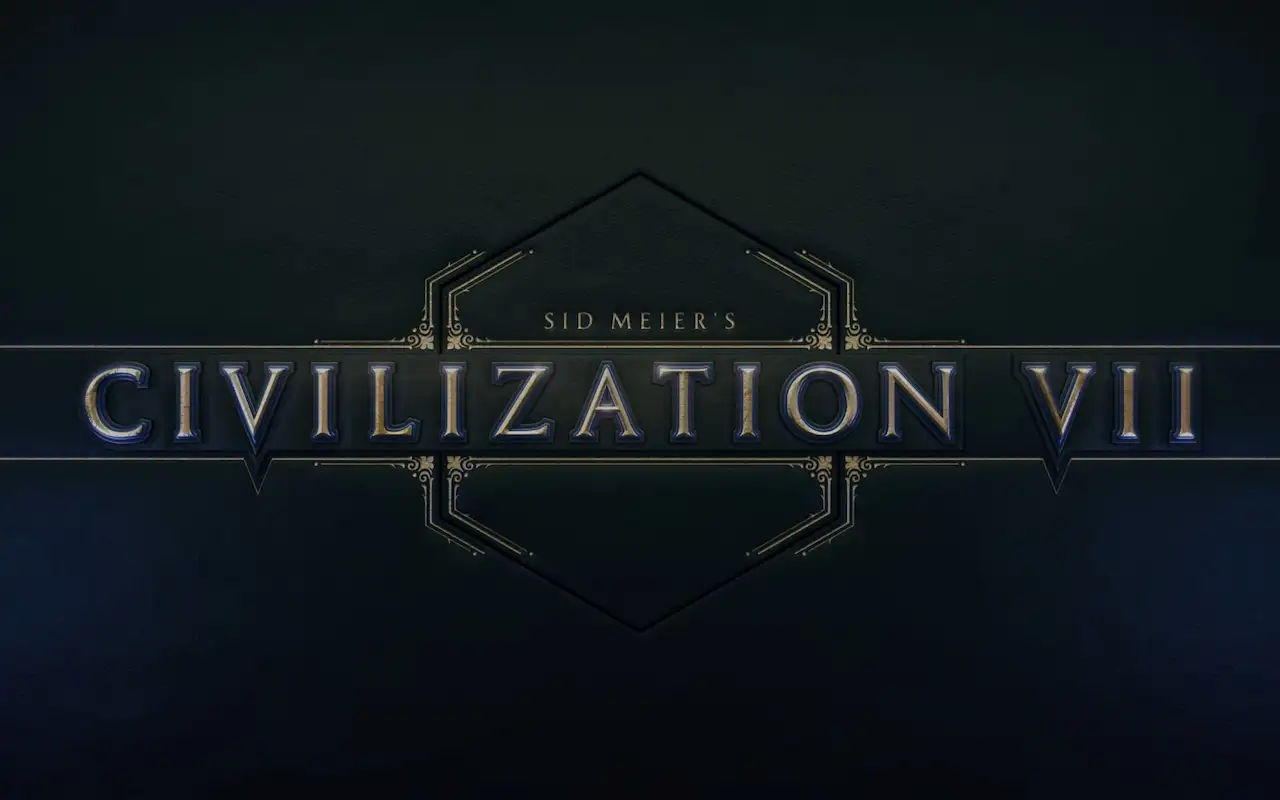
Finally got to Civilization VII
Civilization VII Game Summary and Review
I spent two days completing a full game spanning the all three ages: Antiquity Age, Exploration Age, and Modern Age. I chose Hatshepsut as my leader, with Egypt, Songhai, and Prussia as my civilizations across the ages. Due to the settlement cap, I focused primarily on city-building and development for most of the game.
Now, let me dive into my thoughts on the game.
Unpolished UI
The biggest issue with this game is its UI. Problems abound: inconsistent font usage, awkward spacing, chaotic layouts, and more.
While the rough UI doesn’t completely break the game, the city interface is particularly frustrating. When placing buildings, city names and other map details are hidden, making it hard to locate the city center amid the clutter of structures. Additionally, resource icons are drowned out by improvement markers on tiles, making them difficult to identify.
The wonder-construction animations are another letdown. Each animation consists of just five or six disjointed frames, lacking fluidity. Worse, during wonder or disaster cutscenes, the camera zooms in for a slow rotation, but the cursor remains visible on-screen, and the rotation animation is stuttery.
With proper UI polish, this could have felt like a complete game. As it stands, the lackluster UI makes the entire experience feel unfinished.
Gameplay Changes and Playability
Now, onto the gameplay itself. This new Civilization VII introduces sweeping changes – most drastic in the whole series. Leaders and civilizations are decoupled, eras are split into three distinct phases, workers are removed, commanders are added, and more.
The separation of leaders and civilizations ties into the multi-age design. In previous games, some civilizations peaked early in Ancient Era, while others may only shined in the Industrial Era, leading to imbalanced usage. To address this, the developers assigned civilizations to specific ages while keeping the same leader across all three—a thoughtful solution.
Personally, I didn’t find the multi-age structure jarring or immersion-breaking. The persistent leader and unchanged city layouts helped maintain continuity.
My main gripe lies with age objectives. These disrupt immersion by pressuring players to rush specific goals instead of enjoying gradual development. In the previous generation of civilization, checking the scores occasionally was enough to gauge progress, allowing relaxed playstyles. Now, age objectives force players keep working, even when time isn’t tight.
Age crises, however, are a clever addition. To justify age transitions, late-era crises require players to adopt crisis policy cards—a logical and engaging mechanic.
Another issue: achieving a victory condition in the third age abruptly ends the game, showing a brief summary before dumping you back to the main menu. I miss the “One More Turn” option from previous generation of games, which let players continue post-victory.
Worker removal is a change I appreciate. Instead of building workers, placing new population on tiles triggers a “culture bomb”-like effect to claim adjacent land. Later, when no tiles remain, specialists can be assigned to tiles, sacrificing happiness and food for massive science and culture boosts. However, late-game micromanagement becomes tedious—constantly choosing tiles or specialists. Some tiles offer marginally better yields than others, so an auto-select feature for optimal placements would be a huge quality-of-life improvement, if there will be, may be a mod in future?